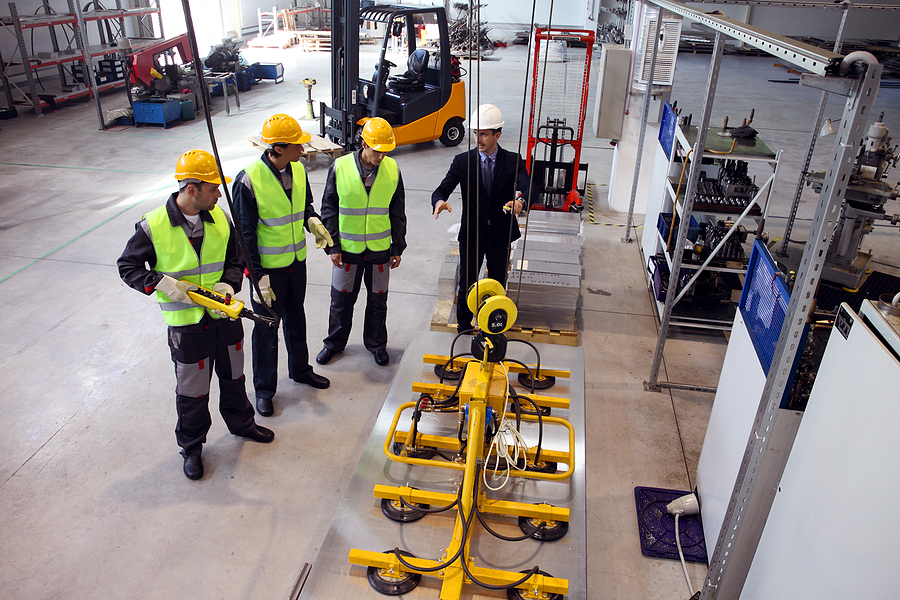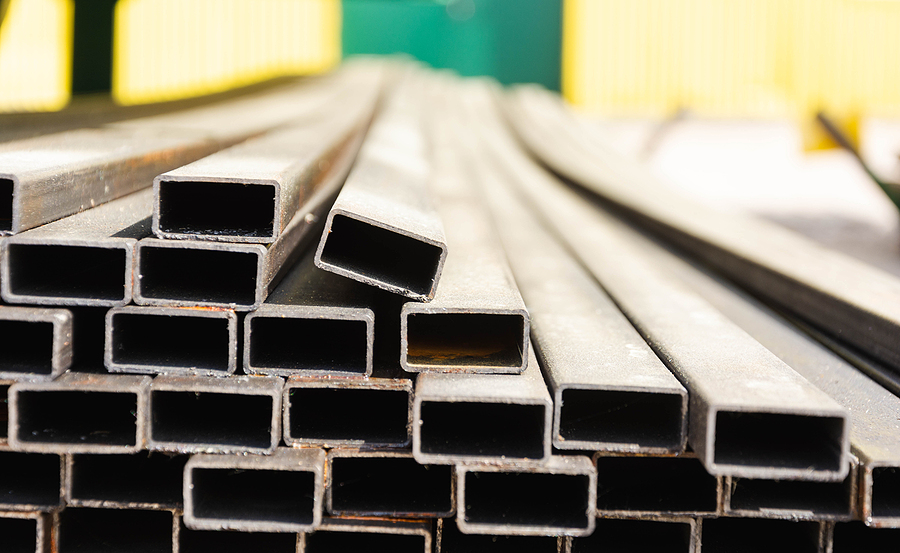Permanent industrial magnets are relied upon for heavy material handling for countless industries across the world. They are effective in moving heavy metal plates, blocks and molds, and are used everywhere from docks and warehouses to factories and transportation industries. However, these features and benefits are only available when the equipment is properly utilized, under the right conditions.
Material Handling Magnets

Proper Operation
An essential first step to correctly operating a permanent lifting magnet is making sure the magnetic ferrous surface and the magnetic pole surface are clean and smooth. This helps ensure maximum efficiency during heavy material handling and minimizes the risk of an accident. There must be no air gap between the magnet pole and the ferrous surface before turning the magnet on. Make sure the magnet is in the ‘off' position before placing it onto a ferrous surface. The magnet must be placed over the load’s center of gravity.
Once the magnet is in the ‘on’ position, lock it in for the duration of the move. All loads must be moved slowly to avoid collisions, injuries, or shocks to the load. Once the load has been moved and is stationary, the operator can switch the magnet to its off position.
When a permanent lifting magnet is not in use, there are a few precautions to take to properly protect them. This includes applying oil, or grease, to the magnetic poles to prevent rust. They should also be placed on thick, wooden planks to rest. This helps protect the magnets from potential scratches, nicks, and other damage.
Factors Affecting Safe Operation
Proper operation of an industrial lifting magnet requires considering factors beyond the weight of the load. Four main factors are taken into account. The load’s surface conditions, dimensions, thickness, and alloy type.
Magnetic forces have significant difficulty traveling through the air - they require magnetic materials to flow through. Anything that creates a gap between a magnet and a load will weaken the connection of the magnetic forces, reducing the magnet’s lifting capacity. Paint chips, rust, paper, dust, and air trapped between a magnet and a load reduce the magnet’s efficiency and create potential safety concerns. It’s essential that all magnets and loads are clean and cleared for heavy material handling.
The dimensions of a load also play an important role in how industrial lifting magnets are operated. When the length or width of a load is increased, the edges can sag, creating an air pocket in the middle of the load. The dimensions of a load and the potential sagging must be accurately measured to ensure the magnet can lift the load.
Load thickness is another important factor in industrial lifting. Different materials have different densities (thickness) which affect the load capacity. Thin materials will have fewer lines of magnetic force flowing through a load, which reduces the magnet’s lifting capacity. The general consensus is that a load must be thicker than the width of one of the magnetic poles.
When it comes to magnetic materials, not all alloys are alike. Certain metals are better magnetic conductors than others, and this must be addressed when estimating load size and magnet strength. For example, pure iron is way more conductive than certain stainless steel alloys, which can be as bad a conductor as air. All of this must be taken into account in order to properly operate an industrial lifting magnet.

Heavy Material Handling Experts
No matter what your magnetic lifting needs are, Permadur Industries has the right equipment for your business. Our staff can work with you to determine the best solution for your particular needs and will help educate and train your staff on the differences in the application and use of our equipment correctly, effectively, and safely. We are an American manufacturer of heavy material handling equipment that specializes in permanent lifting magnets. We offer magnets in bipolar, tripolar, and five polar orientations enabling us to tailor the design of the magnet system to your specific lifting needs. We are also here to support your needs year after year with maintenance after installation support. Contact us for more information.


